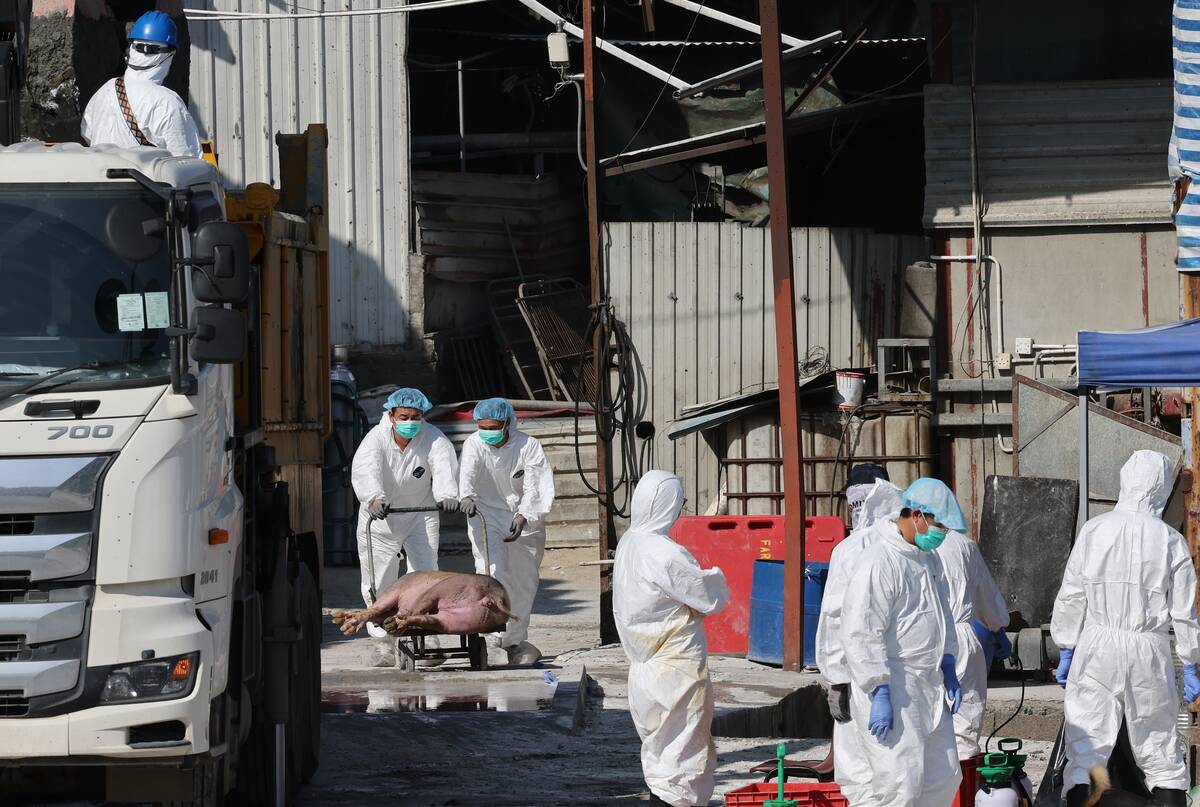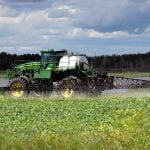Escalating confrontations with bears, wolves and coyotes have frustrated many Alberta livestock producers.
Compensation packages need to be improved and better management is needed because too often ranchers and farmers bear the costs of problem wildlife, delegates said during Alberta Beef Producers’ annual meeting in Calgary Dec. 7-9.
“We are hosts to the oil companies and wildlife. It is getting harder to be good hosts with our own money,” said Walt Suntjens of Hanna.
Delegates passed resolutions that asked for coyotes to be listed as predators, the hiring of more wildlife officers with expertise in identifying how livestock died and improved compensation when farm animals are injured or killed.
Read Also

Mixed results on new African swine fever vaccine
The new African swine fever vaccine still has issues, but also gave researchers insight into how virus strain impacts protection against the deadly pig disease.
Coyotes are considered a nuisance under Alberta law, while other jurisdictions consider them predators.
“It needs to happen. The cattle industry is facing the brunt of a lot of dollars lost to coyotes,” said Rick McKnight of Jarvie.
“If coyotes go on the predator list, you are still allowed to hunt them, but we have lost a lot of tools for controlling coyotes. Sometimes coyotes are more of an issue than wolves, especially when they cross with domestic dogs,” he said.
McKnight, who is a member of ABP’s wildlife committee, called for an updated inventory of wildlife numbers and an evaluation of carrying capacity of the land. Census information is often out of date, but wildlife populations continue to grow out of control.
“As producers, we have to have a louder voice and better voice with all the players dealing with wildlife issues,” he said.
“Compensation can be part of that, but it is not going to solve the whole situation.”
Government has to provide more money for compensation and management as a benefit to all of society.
“We need room for wildlife on the landscape, but other people can help pay for it to manage it,” said McKnight.
Two resolutions were referred to the wildlife committee. One requested a survey to document how much livestock is lost to predators and another asked to meet with government to discuss ways to eliminate problem wolf packs.
Other parts of the province are confronted with growing populations of grizzly bears.
They have become more common in southwestern Alberta in the last 20 years as they were pushed out of their traditional habitat. The bears often kill livestock, wreck grain bins and scavenge dead animals.
The provincial government listed the grizzly as a threatened species 10 years ago, and Cardston rancher Jeff Bectell said a monitoring program from 2011-14 found 213 individual bears in the southwest region.
The landscape might be able to support more, but society may not tolerate larger populations, he said.
“How many bears do we need for that population to be sustainable,” said Bectell, who is president of the Waterton Biosphere Reserve Association and co-ordinator of the Waterton Biosphere Carnivores and Communities program.
“Nobody one wants grizzly bears to go extinct in Alberta.”
The biosphere is a UNESCO designation and one of 16 in the world to support sustainable biodiversity, conservation and economic goals.
The carnivore group mainly comprises ranchers, wildlife managers and the public.
It has produced a video called Sharing the Range, which features ranchers talking about living with wildlife, and has offered workshops about bear safety and reducing things that attract them.
This may include removing dead stock, cleaning up grain bins, attaching bear proof doors and installing electric fences to protect livestock and feed supplies.
The group has also been in-volved in relocating problem bears.
Bectell said much of its work could also apply to other species, such as wolves and elk.
“Not everyone has grizzly bear problems, but the principles are the same,” he said.
















